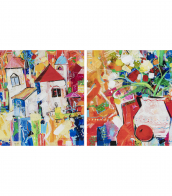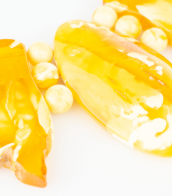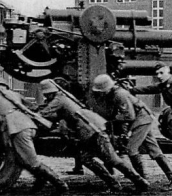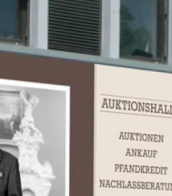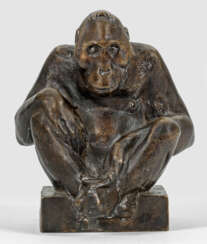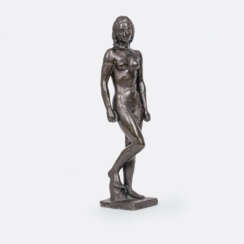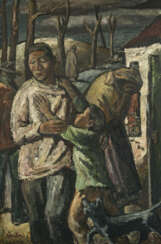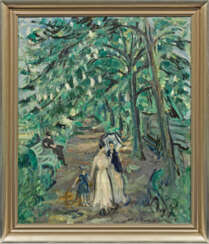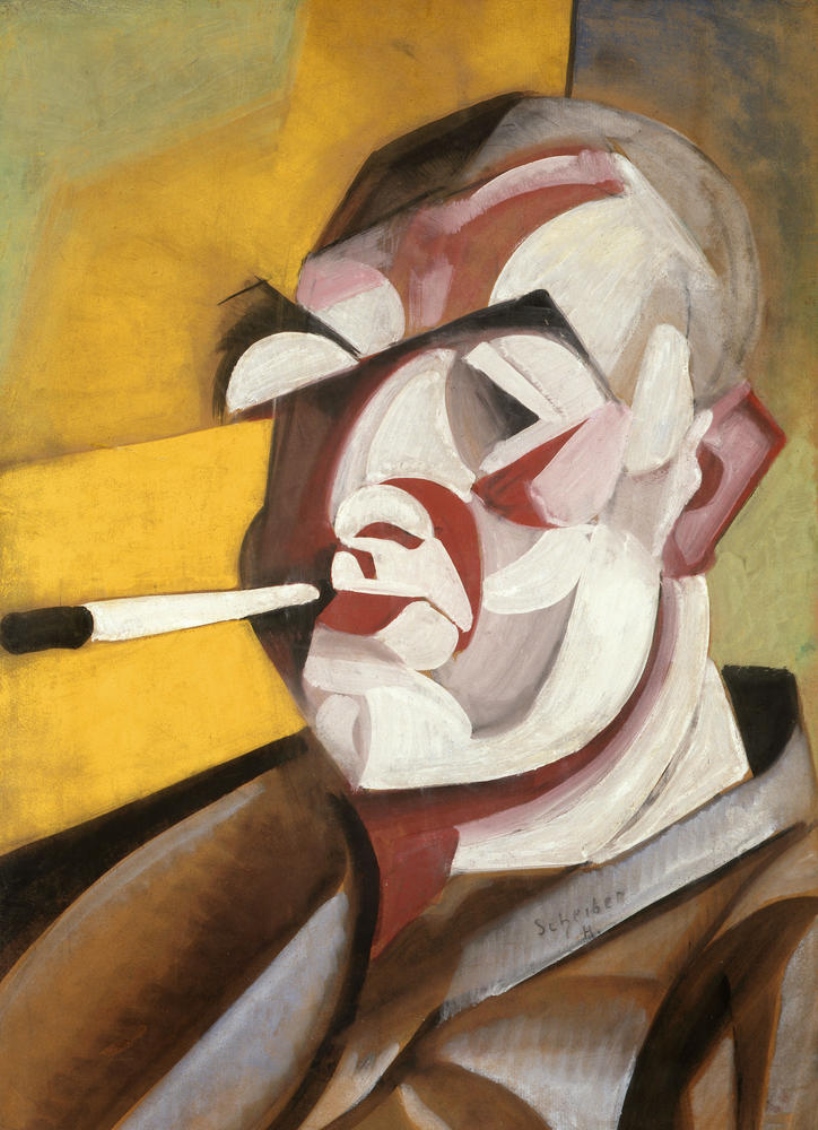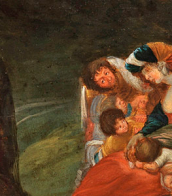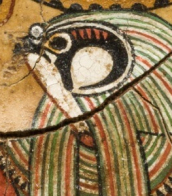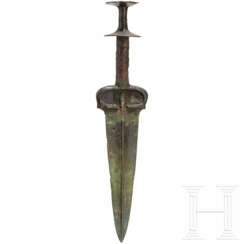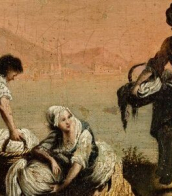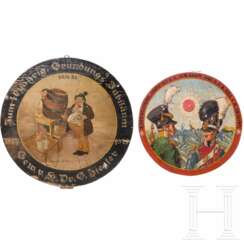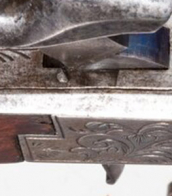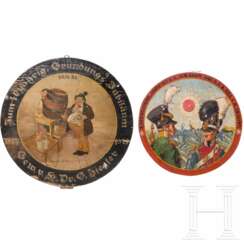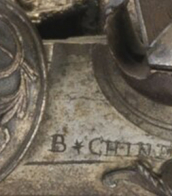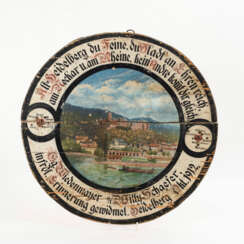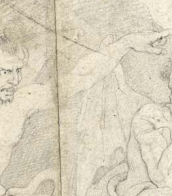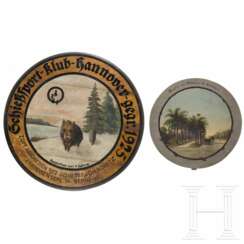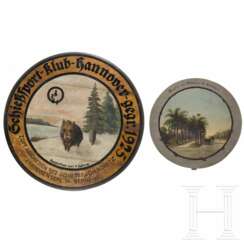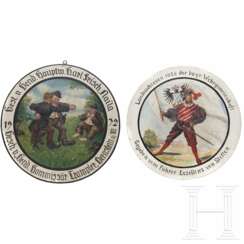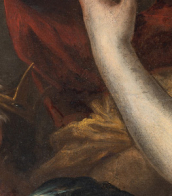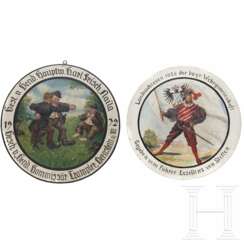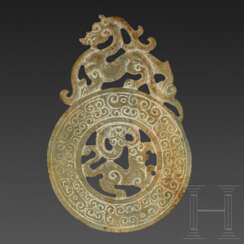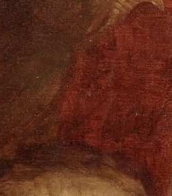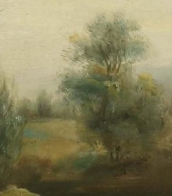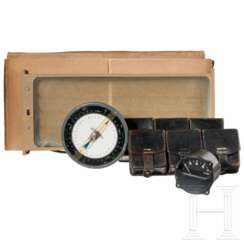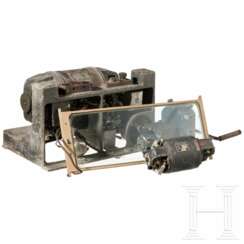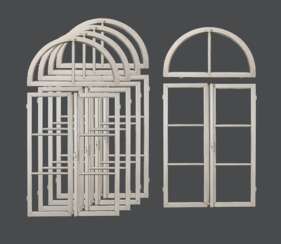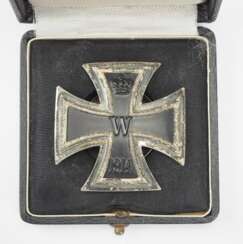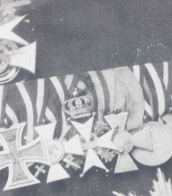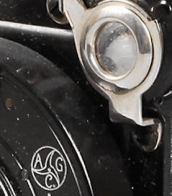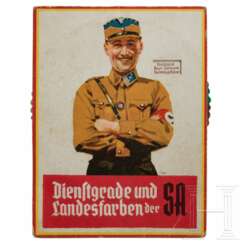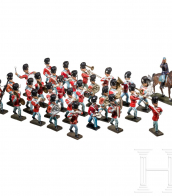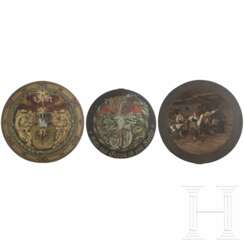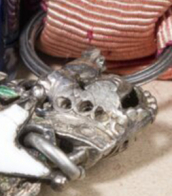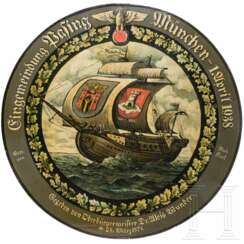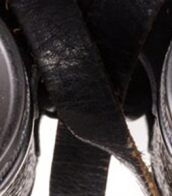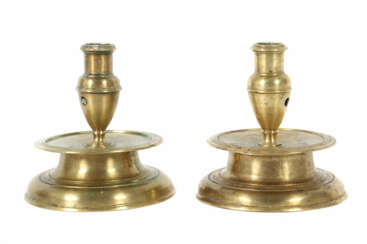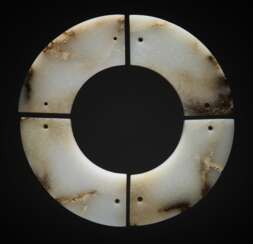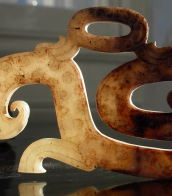scheibe
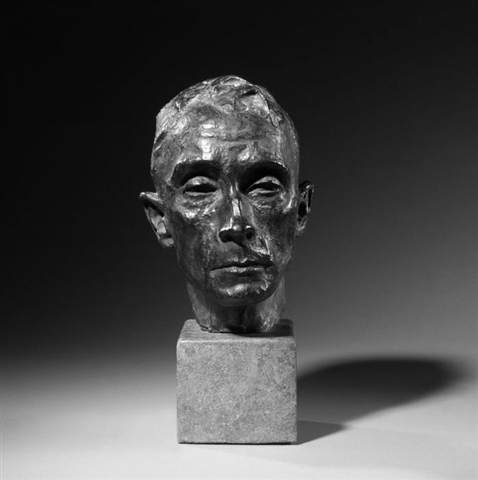
Richard Scheibe was a German artist primarily remembered as a sculptor. He trained as a painter, and taught himself to sculpt beginning in 1906. From 1925-1933 he taught at the Städelsches Kunstinstitut in Frankfurt am Main. He was dismissed from teaching when the Nazis seized power but was reinstated in 1934. He received various recognitions during the Third Reich, including the Goethe-Medaille für Kunst und Wissenschaft and placement on the Gottbegnadeten list. After World War II he continued to sculpt, including a figurative piece for the Memorial to the German Resistance. His work was also part of the sculpture event in the art competition at the 1928 Summer Olympics.
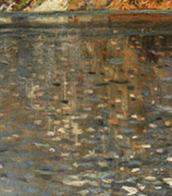

Richard Scheibe was a German artist primarily remembered as a sculptor. He trained as a painter, and taught himself to sculpt beginning in 1906. From 1925-1933 he taught at the Städelsches Kunstinstitut in Frankfurt am Main. He was dismissed from teaching when the Nazis seized power but was reinstated in 1934. He received various recognitions during the Third Reich, including the Goethe-Medaille für Kunst und Wissenschaft and placement on the Gottbegnadeten list. After World War II he continued to sculpt, including a figurative piece for the Memorial to the German Resistance. His work was also part of the sculpture event in the art competition at the 1928 Summer Olympics.


Richard Scheibe was a German artist primarily remembered as a sculptor. He trained as a painter, and taught himself to sculpt beginning in 1906. From 1925-1933 he taught at the Städelsches Kunstinstitut in Frankfurt am Main. He was dismissed from teaching when the Nazis seized power but was reinstated in 1934. He received various recognitions during the Third Reich, including the Goethe-Medaille für Kunst und Wissenschaft and placement on the Gottbegnadeten list. After World War II he continued to sculpt, including a figurative piece for the Memorial to the German Resistance. His work was also part of the sculpture event in the art competition at the 1928 Summer Olympics.
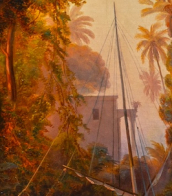

Emil Scheibe was a German painter and graphic artist and member of the Munich Secession.
He studied at the Academy of Fine Arts in Munich, served in the army during World War II and painted portraits, including of soldiers and commanders. Emil Scheibe's giant 1942 oil painting Hitler at the Front, which depicts soldiers surrounding the leader on the front lines, is well known. Adolf Hitler liked this epic painting so much that he bought it himself, and it is now housed in a museum at a military base in Virginia, USA. From 1941 to 1944, Scheibe was featured in every major German art exhibition at the House of German Art in Munich. His watercolors were purchased by Hitler's generals, including Joseph Goebbels. Visual propaganda played a central role in Hitler's ascent.
During his long life, Scheibe painted in a wide variety of genres and styles, but it is believed that he developed his own style of "existential realism."
